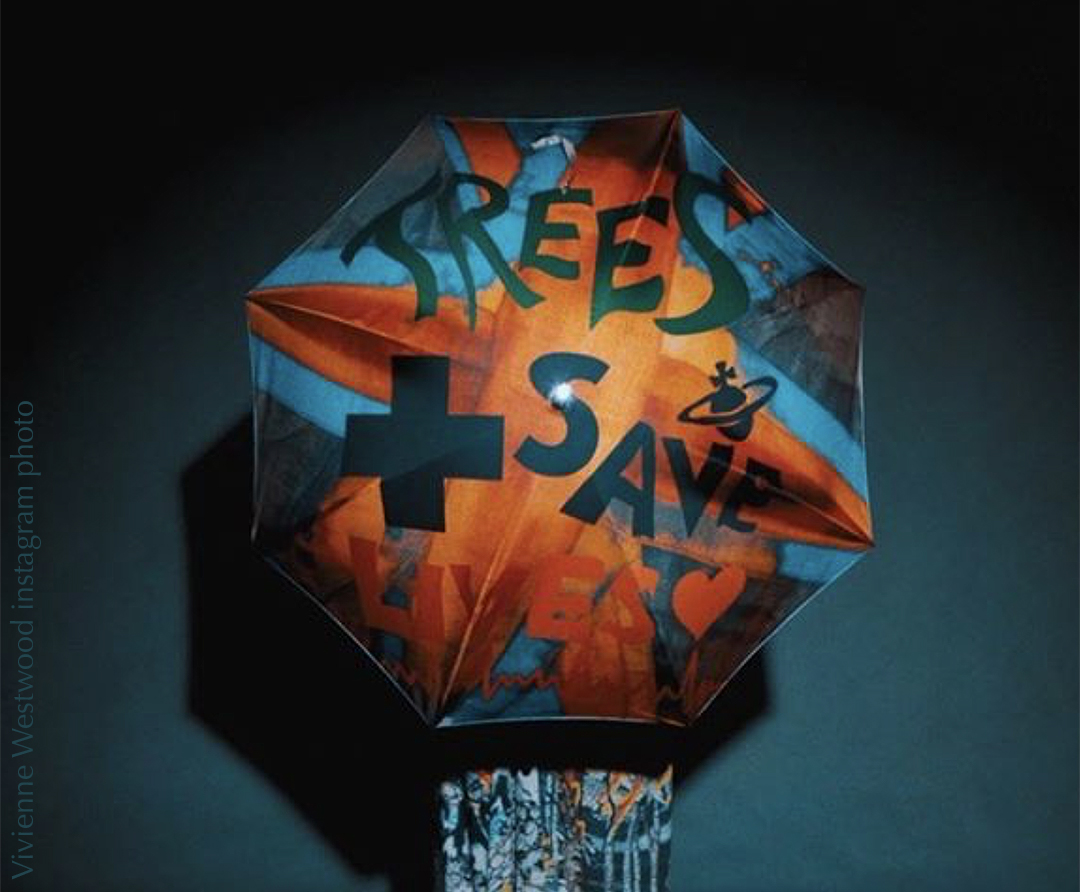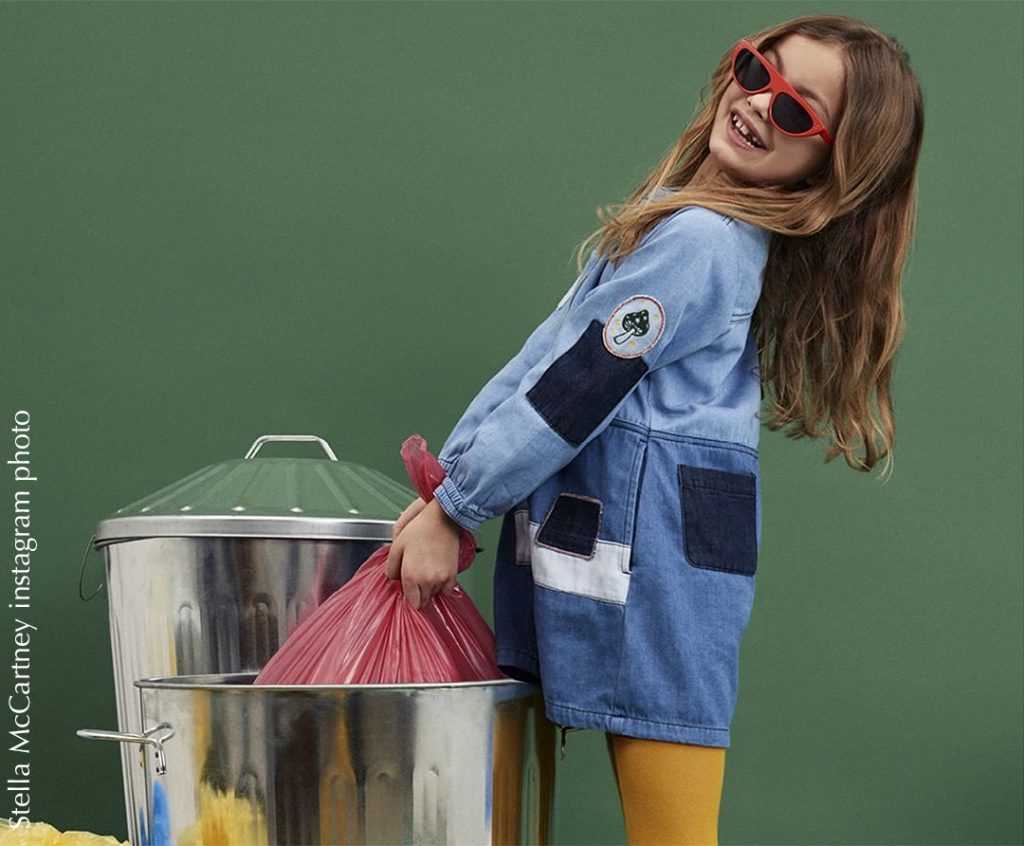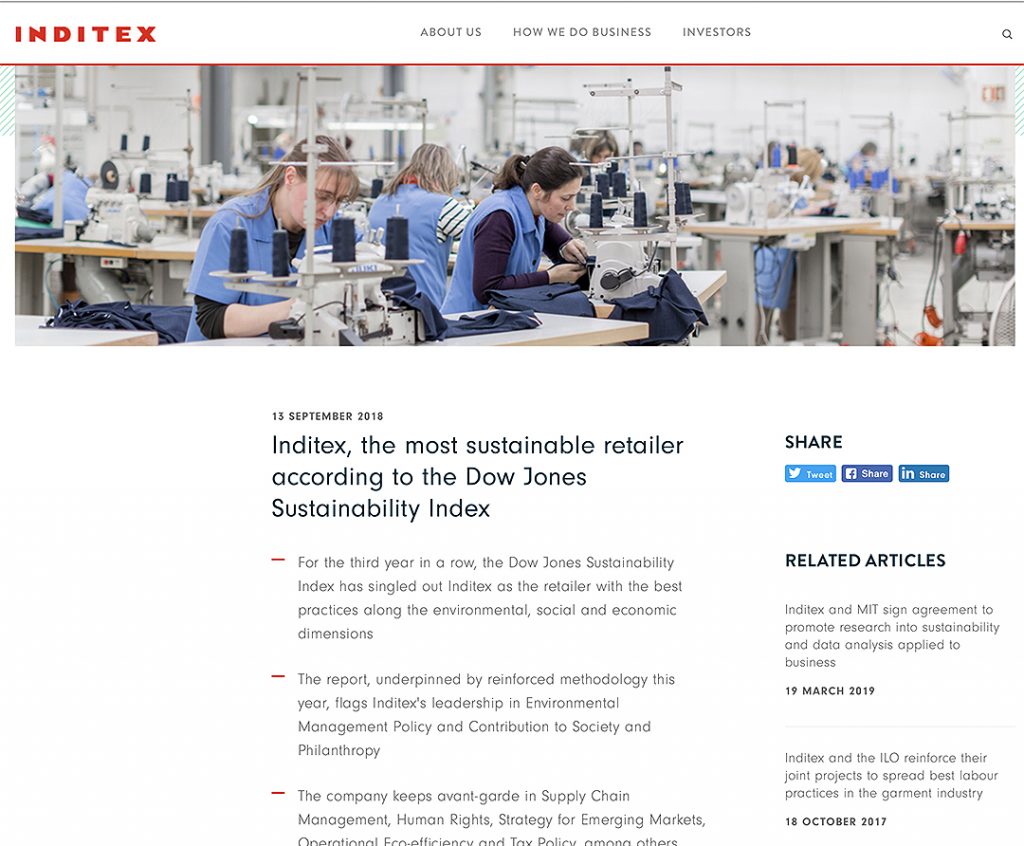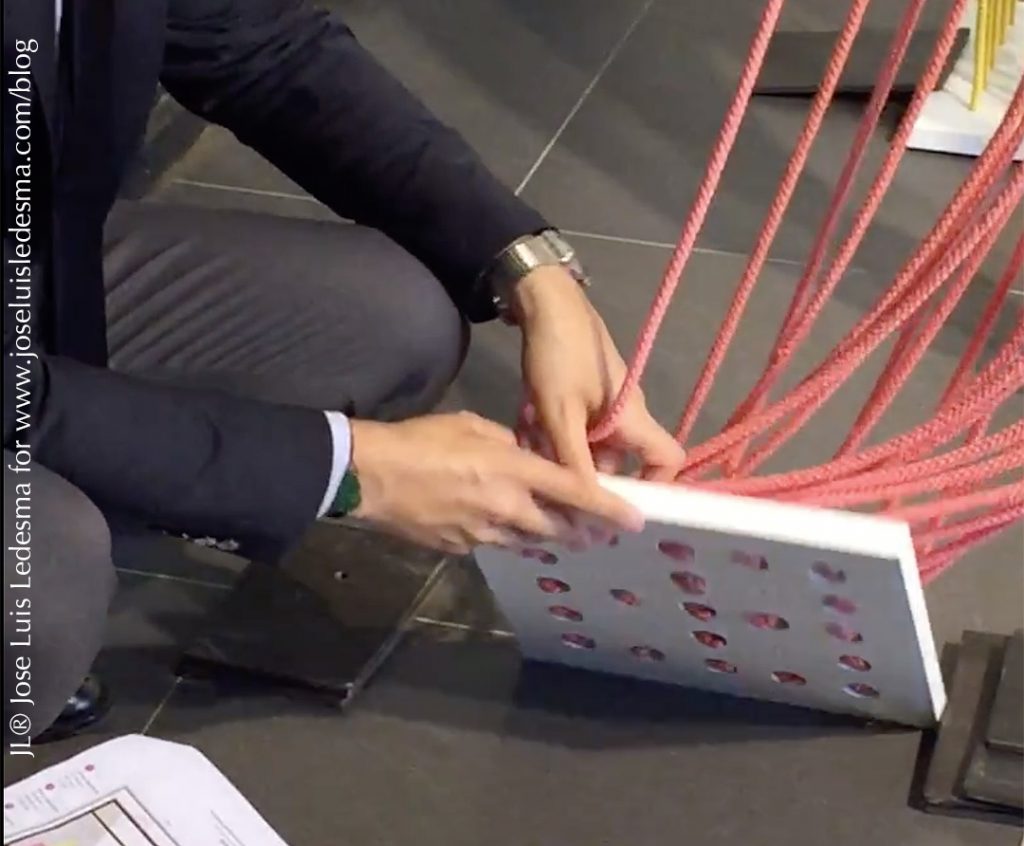Fashion and sustainability

Nowadays, more and more designers and fashion brands are joining the great change taking place in the textile industry expanding the borders of sustainable fashion.
In response to fast fashion bad habits, in the last decades the world of Fashion and Retail has started a sustainable revolution.
Slow fashion seeks to reduce pollution, use sustainable raw materials, recycle, optimize designs to avoid waste and provide the necessary guarantees to producers and workers.
In addition, sustainable fashion is committed to a circular economy, applying new design and production model so garments can be recycled.
The pioneers of the sustainable revolution
The efforts to move towards a more eco-friendly fashion model can be seen in prestigious names, which were the pioneers of this movement, such as Vivienne Westwood (featured blog photo) or Stella McCartney. Two of the personalities most committed to embrace a sustainable attitude.
Vivienne Westwood has been collaborating since 2010 with the Ethical Fashion Initiative to promote activism and achieve social improvements in developing countries.
Stella McCartney, with their collections made from recycled materials, showed us that ethical fashion is possible and totally necessary. She’s being a milestone for the sustainable fashion industry.

With the launch of the Fashion Industry Charter for Climate Action in 2018, the textile sector has taken another significant step to address climate change.
The agreement signed by brands like Adidas, Burberry, Esprit, Guess, Gap Inc. Hugo Boss, H&M Group, Inditex, Kering Group, Levi Strauss & Co., Puma SE, Target, has set the goal of reducing emissions by 30% in 2030 and stop producing them completely in 2050.
In fact, there are many luxury names that have already decided to show that it’s not necessary to exploit the planet for the creation of their collections.
Some of the biggest fashion brands like, Armani, Gucci, Ralph Lauren, Tommy Hilfiger and Hugo Boss, among others, have already renounced the use of animal leather.
Meanwhile, brands from the LVMH group, such as Louis Vuitton, Dior, Celine or Fendi have focused mainly on packaging, which has already been reduced up to 60%.
Creating and maintaining a balance between production and respect for the Planet is possible.
The concept of sustainable and respectful fashion cannot exist without more responsible consumption habits in order to become consumers who don’t aspire to buy more, but buy better.

Sustainable Window Displays
If we talk about sustainable fashion we also talk about sustainable design, fundamental for the creation of projects that meet the needing of customers, without compromising the Planet.
The most important thing we can do as professionals of Window Display & Visual Merchandising sector is to create designs in a responsible manner keeping in mind the social and environmental impact that involves, always looking for the highest quality materials. Being sustainable doesn’t mean giving up style.
It’s necessary to propose new ways to use products and materials with which we can create impactful spaces. Materials such as reclaimed wood, ecological or recycled wood, recycled plastic, types of metals such as aluminium (non-toxic and 100% recyclable) types of cardboard, fabrics or the use of 3D printers can be great allies to create very attractive and sustainable windows displays.

Window Displays at www.joseluisledesma.com
Fashion brands and decoration factories that adopted a sustainable model could at least double the long-term benefits in comparison with those that are not.
In fact, among other measures, the decoration factories would include a free collection service of the decoration used by the clients for their recycling, the use of non-harmful materials, the optimization in the design process to produce the indispensable elements, packaging control and production planning.
One of main functions as a Visual Merchandising professionals is to seek and find solutions for the challenges currently presented by the world of Fashion and Retail.
As professionals of Window Display and Visual Merchandising, it’s essential to have the technical knowledge of products in order to carry out an eco-design and guide our clients to maintain a sustainable approach.
Contact me


